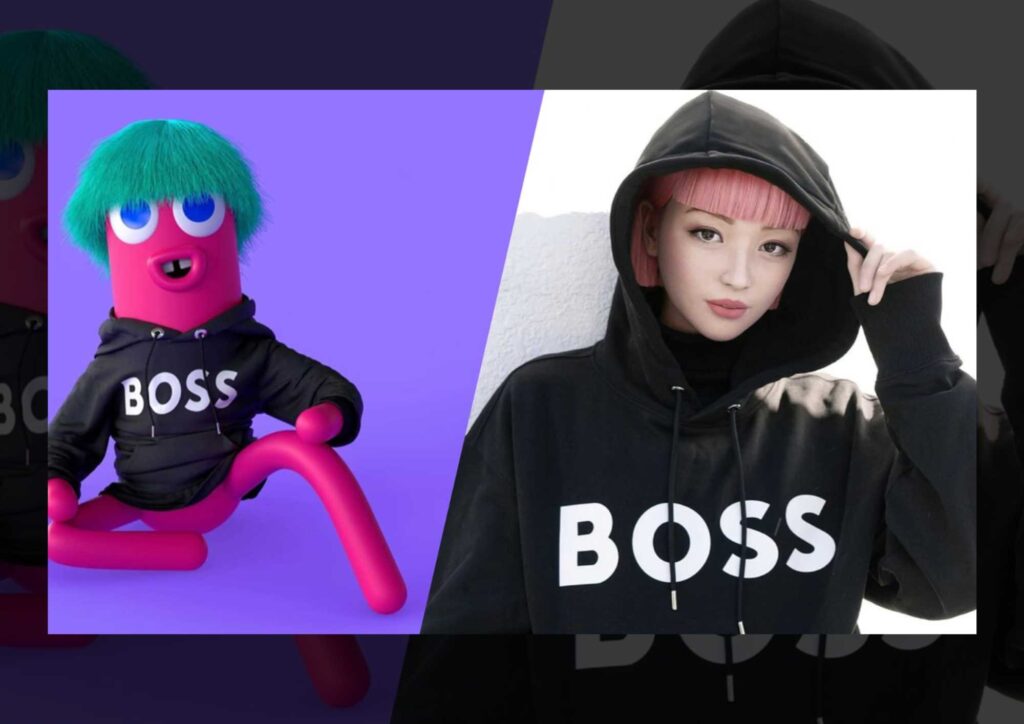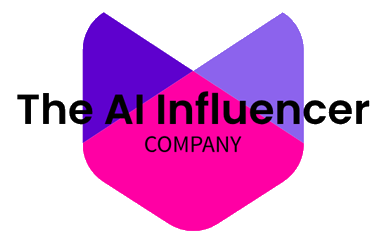AI influencers are everywhere these days. Love or hate them, these virtual models and brand ambassadors are sparking chatter. But is this just a gimmicky fad or can CGI personas really move the needle for brands? Spoiler alert – when strategically deployed, early adopters are seeing serious success.
As a marketing analyst, I’ve been tracking this emerging influencer niche closely. I’ll admit, I was skeptical at first. But the creative applications and measurable results have won me over.
Let’s dive into 5 big-name brands across diverse sectors that have skillfully gotten in on the ground floor. Analyzing their varied approaches and achievements provides compelling insights into this futuristic tactic.
Prada
When powerhouse Prada introduced CGI AI fashion model Candy in 2021 as the face of their perfume line, I’ll admit I was intrigued but uncertain. However, Candy’s embodiment of Prada’s cutting-edge couture aesthetic and appeal with younger demographics quickly proved this was no gimmick.
Here are some key details on Prada’s successful adoption of an AI influencer:
- Candy allowed Prada to better appeal to younger demographics like Gen Z, who are highly responsive to digital content and virtual personalities.
- Candy was designed to embody Prada’s aesthetic and values, essentially becoming a personification of the brand. This helps build emotional connections with audiences.
- As a CGI model, Candy mitigates many of the costs and risks associated with human influencers. Prada has full control over every aspect of her image and narrative.
- Media outlets praised Prada’s innovative use of a virtual influencer. This generated buzz and enhanced Prada’s reputation as a forward-thinking luxury brand.
I’m excited to see how Prada will continue pioneering CGI influencers that organically align with their luxury identity. An interactive virtual store with AI shopping assistants could offer immersive high-end experiences that attract younger audiences. Prada is poised to keep innovating in imaginative ways.
KFC
Fast food giant KFC is creatively keeping its founder Colonel Sanders relevant. The animated version of the Colonel appears across social media and ads, quipping about new products and generally acting as the brand’s personification.
This CGI spokesperson earns laughs and likes while allowing KFC to control the Colonel’s narrative. And he rarely complains about early morning shoots! The consistency and cost savings versus human celebs make the virtual Colonel a savvy investment.
Here are some key ways the virtual Colonel Sanders has paid off:
- The virtual Colonel preserves and amplifies the KFC brand’s quirky, humorous character. He acts as the personification of their heritage.
- As a CGI creation, KFC can ensure the Colonel looks, sounds, and acts consistently in line with the desired brand image.
- The Colonel’s posts and videos have earned high engagement levels on social platforms like Instagram, indicating his popularity.
- The Colonel fueled buzz and viral moments for KFC, such as when he flirted with other virtual influencers online.
I’ll be watching for KFC to potentially expand the Colonel’s role through new video series, branded gaming integrations, and a custom voice assistant.
LG
LG Electronics made the bold choice to have their AI influencer Reah Keem headline their keynote at the prestigious Consumer Electronics Show (CES) in 2021.
This risk paid off, with Reah expertly showcasing LG’s innovations like self-driving robots before captivating crowds. Media buzz was ubiquitous, with LG receiving over 50 articles highlighting their embrace of AI technology. Reah’s existence alone aligns with LG’s tech leader brand image.
Here are some of the achievements and impacts of LG’s AI influencers:
- Reah Keem highlighted advanced products like LG’s CLOi robot and Gram laptop at tech events.
- Reah provides LG with an always-ready spokes model at a fraction of the cost of human influencers.
- Embracing AI technology aligns with and enhances LG’s brand image as an innovator.
- Reah Keem and the notion of her presenting at CES generated significant media buzz.
- On Instagram alone she has over 13,000 followers, indicating strong audience engagement.
LG got prime value out of its modest investment in an AI influencer. It will be interesting to see LG leverage increasingly lifelike AI brand representatives across global launches and trade shows.
To lead innovation, LG could also develop its own proprietary CGI influencer tech. The future looks bright and virtual for this tech giant.
Balmain
Iconic high-fashion house Balmain made waves by featuring only CGI models in their Pre-Fall 2018 ad campaign. The sci-fi “New Balmain Army” of virtual beauties Shudu, Margot, and Zhi had fashionistas and geeks raving.
Sure, some traditionalists balked. But these AI muses generated invaluable media commentary, with over 300 articles written about Balmain’s innovation. By embracing the avant-garde, Balmain cemented its reputation as a fierce innovator, even if there were some ethical concerns. Their risk paid off.
Here’s how these AI influencers made an impact on Balmain:
- The futuristic virtual models aligned perfectly with Balmain’s cutting-edge aesthetic and reputation.
- The campaign generated extensive media commentary, putting Balmain ahead of the curve.
- As early adopters, youth consumers responded positively to the experimental use of virtual models.
- The CGI models were perfectly styled for Balmain and avoided issues associated with human models.
While this unconventional campaign carried some criticism and risks, it cemented Balmain’s position as an innovative force in the luxury space. It also demonstrated the unique advantages of virtual influencers in enabling brands to create hyper-stylized and cutting-edge content.
I anticipate Balmain will continue partnerships with cutting-edge virtual model designers and model commission bespoke 3D collections.
Hugo Boss

As part of their major image overhaul targeting younger consumers, heritage brand Hugo Boss smartly partnered with virtual influencers Imma and Nobody Sausage.
These collaborations generated engagement and chatter, especially among Boss’ desired Gen Z audience. Posts from the AI influencers accounted for over 20% of Hugo Boss’ social impressions last quarter. This cost-effective move signaled the brand’s focus on future-forward digital experiences.
Here’s a look at how AI influencers supported Hugo Boss’s rebrand:
- The partnerships with Imma and Nobody Sausage helped Hugo Boss connect with younger demographics.
- Imma and Nobody Sausage’s posts about the collaboration drove engagement and buzz to Hugo Boss within their highly engaged Gen Z and Millennial fan bases.
- Integrating CGI influencers signaled Hugo Boss’s focus on future-facing tech and digital experiences.
- The unexpected move generated attention and commentary in the press about Hugo Boss’s revamp which earned the brand a hype.
Hugo Boss’s embrace of virtual influencers showed their commitment to refreshing their image and competing for the next generation of fashion consumers.
Looking ahead, Hugo Boss could harness influencer tech to bring virtual fashion shows to life. To attract younger audiences, branded mobile games and competitions featuring their CGI collaborators seem like a natural fit.
Final Thoughts on the Future with AI Influencers
The marketing potential of CGI influencers is still being unlocked, but forward-thinking brands are already seeing impressive results. As the technology rapidly evolves, virtual influencers will become even more hyper-realistic and interactive.
What excites me most is how AI influencers are already shaping wider culture and redefining how brands engage audiences. I eagerly anticipate how Prada, Balmain and other innovators will continue dreaming up captivating new applications.
For skeptics, remember that new mediums always provoke initial resistance before becoming commonplace. The brands pioneering AI influencers today will reap long-term benefits from embracing cutting-edge trends early.
The genie is out of the bottle – virtual influencers are here to stay. Savvy marketers should be proactively exploring how to strategically incorporate CGI brand representatives and the opportunities are endless.
I can’t wait to see how brands continue harnessing AI influencer and vtuber technology in new ways to tell their stories and make meaningful connections. Let’s make the future happen now—it is here!





